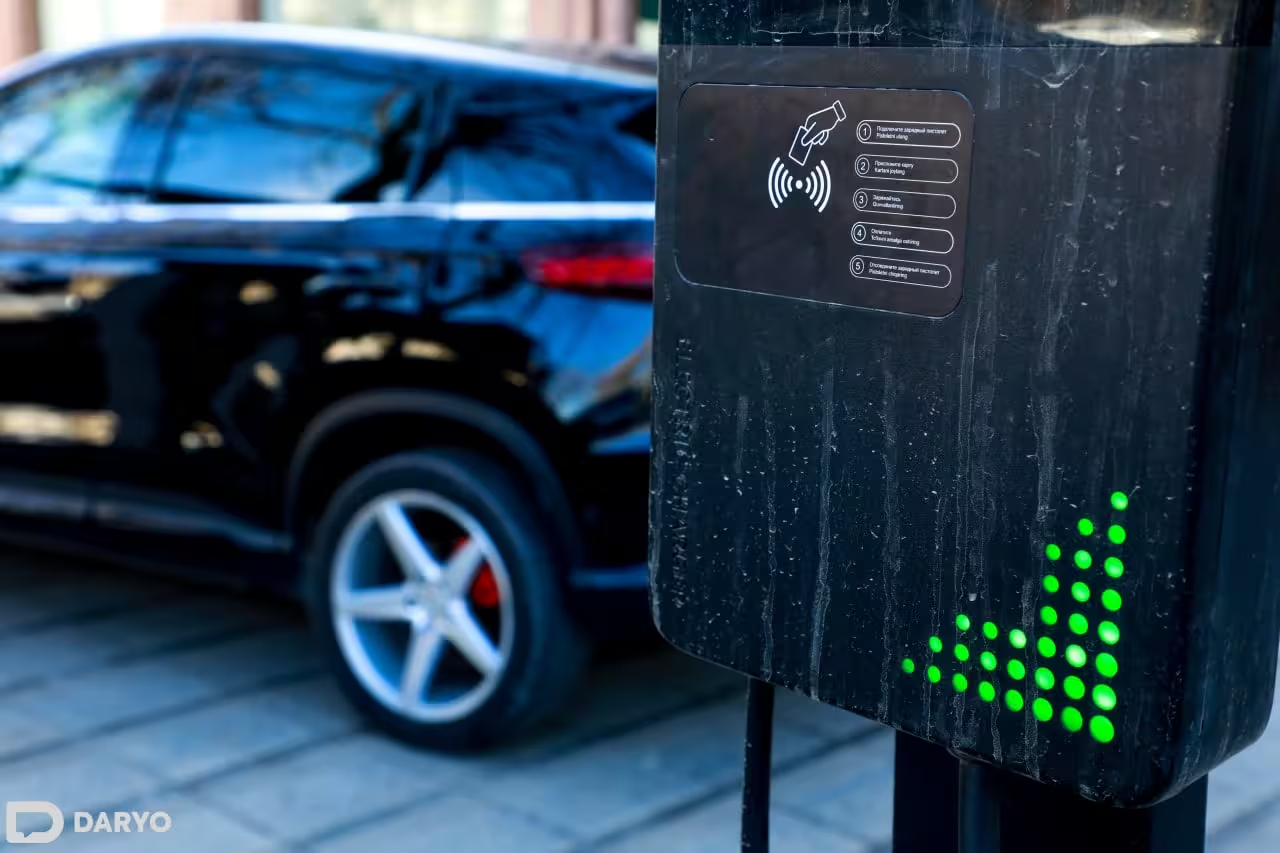The number of electric vehicle (EV) charging stations in Uzbekistan has surged by 2.5 times over the past year, reaching 1,399 units as of May 1, 2025, according to the Ministry of Economy and Finance. This marks an increase of 840 stations compared to the same period in 2024, reflecting the country’s growing push towards sustainable transport infrastructure.

Tashkent has led the expansion, with the number of EV charging stations in the capital nearly tripling in a year. As of May, the city hosts 820 stations—over 58.6% of the national total. Compared to November 2024, this represents a 41% increase.
The rapid growth is also evident on a national level: 314 new stations have been installed since November, a rise of nearly 29%. Currently, the number of EV charging users in Uzbekistan stands at approximately 92,000.
Apart from Tashkent, the regions with the most charging stations include Tashkent region (154 stations), Namangan (70), Samarkand (67), and Fergana (43). However, outside the capital and Tashkent region—which together account for nearly 70% of all stations—no region has surpassed 100 installations. Syrdarya region has the fewest with just 13 units, trailing even Karakalpakstan. Notably, Fergana and Syrdarya have seen a decline in the number of operational stations over the past six months.
The government has taken steps to accelerate EV infrastructure development. In May 2024, the procedure for installing and connecting charging stations was simplified, allowing legal entities to complete the permitting process within a month. In June, President Shavkat Mirziyoyev introduced a special night tariff for EV charging to incentivize off-peak usage.
Looking ahead, the government aims to install 32,000 charging stations nationwide by the end of 2025. New regulations require at least one EV charging space in all public parking facilities.




